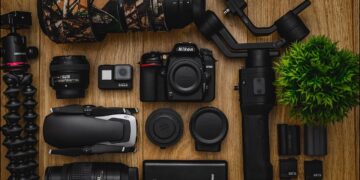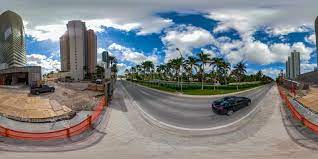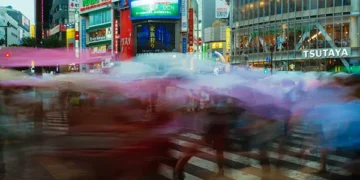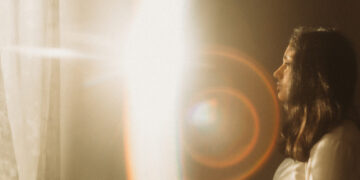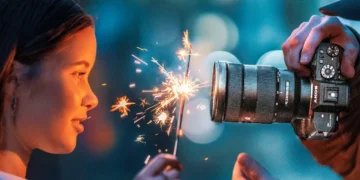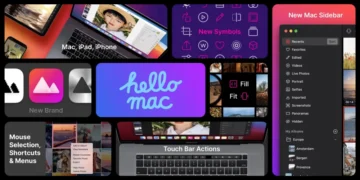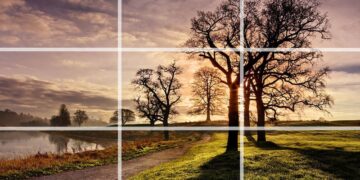Drone Photography and Aerial Shot:
A New Perspective in Photography has come a long way since its invention in the 19th century. From large cameras with film rolls to modern-day digital cameras, photography has undergone significant changes over the years. With the advent of technology, photographers have been able to explore new avenues of photography, and drone photography is one of them. In this article, Drone photography and Beautiful Aerial Shots has become increasingly popular in recent years, and it has transformed the way photographers capture images from the sky.
Drone photography is a technique that involves the use of unmanned aerial vehicles (UAVs) to capture images and videos from the sky. Drones are equipped with high-quality cameras, allowing photographers to capture aerial images and videos with remarkable clarity and precision. Drone photography has opened up new possibilities for photographers, allowing them to capture unique perspectives and create stunning visual experiences.
Aerial shots are not a new concept in photography. Photographers have been taking aerial shots for many years, using helicopters or planes to capture images from the sky. However, drone photography has made aerial shots more accessible and affordable than ever before. With drones, photographers can capture aerial shots without the need for expensive equipment or permits. Moreover, drones are much quieter and safer than helicopters or planes, making them an ideal choice for aerial photography.
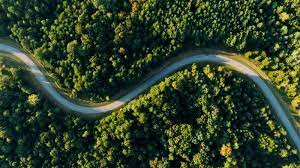
The Benefits of Drone Photography
Drone photography offers many benefits to photographers. First and foremost, it allows photographers to capture images and videos from angles and heights that would otherwise be impossible. Drones can fly at different altitudes, allowing photographers to capture images from different perspectives. This gives photographers the freedom to experiment with different compositions and create unique visual experiences.
Drone photography also allows photographers to capture images and videos in places that would otherwise be inaccessible. For example, drones can be used to capture images of rugged terrains, deep valleys, and cliffs, which would be difficult to access on foot. Drones can also be used to capture images of buildings and structures that are too tall to be captured from the ground.
Another benefit of drone photography is that it allows photographers to capture images and videos with remarkable precision and clarity. Drones are equipped with high-quality cameras, which can capture images and videos in high resolution. This allows photographers to capture even the smallest details, creating stunning visual experiences.
Drone photography also offers a cost-effective way of capturing aerial shots. Traditionally, aerial shots were taken using helicopters or planes, which could be expensive and time-consuming. Drones, on the other hand, are relatively affordable and easy to operate. This makes drone photography accessible to a wider range of photographers, including amateurs and enthusiasts.
The Challenges of Drone Photography
While drone photography offers many benefits, it also presents some challenges. One of the biggest challenges of drone photography is that it requires a significant amount of skill and expertise. Operating a drone requires a good understanding of the equipment and the laws and regulations surrounding drone usage. This can be challenging for beginners, and it is important to take the time to learn how to operate a drone safely and effectively.
Another challenge of drone photography is that it is subject to strict laws and regulations. Drones are subject to air traffic control laws, and there are restrictions on where and when drones can be flown. In some cases, permits may be required to fly a drone in certain areas. It is important to research the laws and regulations surrounding drone usage in your area before attempting drone photography.
Drone photography also requires a significant investment in equipment. While drones are relatively affordable, high-quality cameras and accessories can be expensive. It is important to invest in good-quality equipment to ensure that your images and videos are of the highest quality.
Tips for Successful Drone Photography
Drone photography can be a rewarding experience, but it requires skill, patience, and practice. Here are some tips for successful drone photography:
- Learn the basics of drone operation: Before attempting drone photography, it is important to learn the basics of drone operation. This includes understanding how to fly a drone, how to navigate different terrains, and how to maintain the equipment.
- Plan your shots: Like any other form of photography, planning is key to successful drone photography. Take the time to research the location and plan your shots Consider the time of day, the lighting conditions, and the weather forecast.
- Practice flying your drone: Flying a drone can be challenging, especially for beginners. Practice flying your drone in an open space before attempting drone photography. This will help you to gain confidence and improve your flying skills.
- Follow the rules and regulations: Drone usage is subject to strict laws and regulations. Make sure that you understand the rules and regulations in your area before attempting drone photography. This will help you to avoid fines and penalties.
- Invest in good quality equipment: High-quality equipment is essential for successful drone photography. Invest in a good good-quality camera, and accessories to ensure that your images and videos are of the highest quality.
- Be creative: Drone photography offers a unique perspective, so don’t be afraid to get creative with your shots. Experiment with different angles, compositions, and perspectives to create unique visual experiences.
Conclusion
Drone photography has transformed the way photographers capture images from the sky. It offers many benefits, including the ability to capture unique perspectives, access inaccessible areas, and create stunning visual experiences. However, drone photography also presents some challenges, including the need for skill and expertise, thrift laws and regulations, and investment in equipment. With practice, patience, and creativity, drone photography can be a rewarding experience for photographers of all levels.
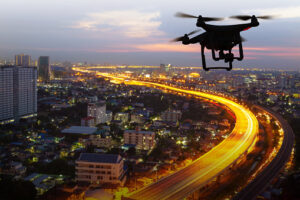
As drone technology continues to advance, drone photography is becoming increasingly popular. From real estate to travel photography, drone photography is being used across various industries. It offers a unique perspective that is not possible with traditional photography, and it has opened up new possibilities for photographers.
In addition to photography, drones are also being used for videography, which offers even more possibilities for visual storytelling. Aerial videos captured by drones are being used in documentaries, films, and commercials, creating a cinematic experience for the audience.
Despite the challenges of drone photography, the technology continues to evolve, and the future of drone photography looks promising. New advancements in drone technology, such as obstacle avoidance and intelligent tracking, will make it easier and safer to capture stunning aerial shots.
In conclusion, drone photography is a new perspective in photography that offers many benefits to photographers. It has opened up new possibilities for visual storytelling and created a unique visual experience for the audience. While drone photography presents some challenges, with skill, patience, and practice, it can be a rewarding experience for photographers of all levels. As technology continues to evolve, drone photography will continue to offer new possibilities for photographers, and it will be exciting to see how the industry develops in the future.

